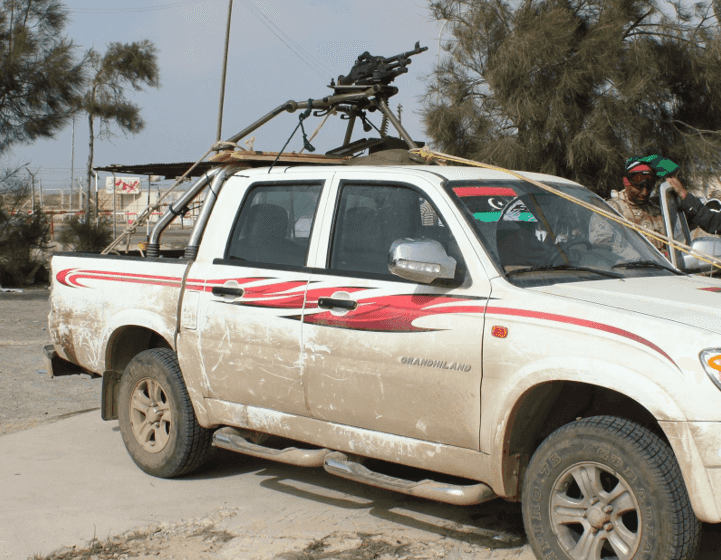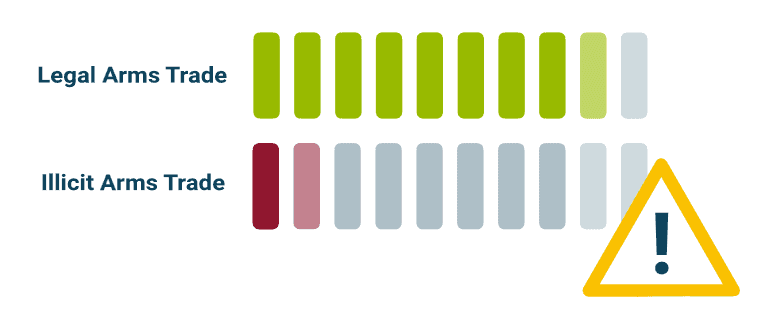Small arms and light weapons (SALW) are the weapons of choice of many non-state actors, ranging from criminals to rebel groups and terrorists. These weapons are highly lethal instruments of violence and generally easy to use. As a result, SALW are frequently used in various acts of violence across the globe. The illicit proliferation of these weapons can cause an increase in human rights violations and pose a serious threat to peace and security.
Most SALW are initially legally produced and transferred across the globe. However, at any point during their life cycle, they can be diverted into the illegal domain, making it particularly challenging to address their proliferation. Due to the fact that they are light to carry, transfer and maintain, these weapons are easy to smuggle and traffic. Effectively combating the illicit proliferation of SALW requires regional and international cooperation between different actors, as well as more effective SALW export control policies.
In this learning unit, we will discuss the definition, trade and illicit proliferation of SALW, as well as international and regional policy responses. Special emphasis will be placed on the Arms Trade Treaty (ATT) and the EU policies developed to combat the illicit proliferation of SALW. Given the immense risk of illicit SALW, we will conclude with the challenges and opportunities ahead.
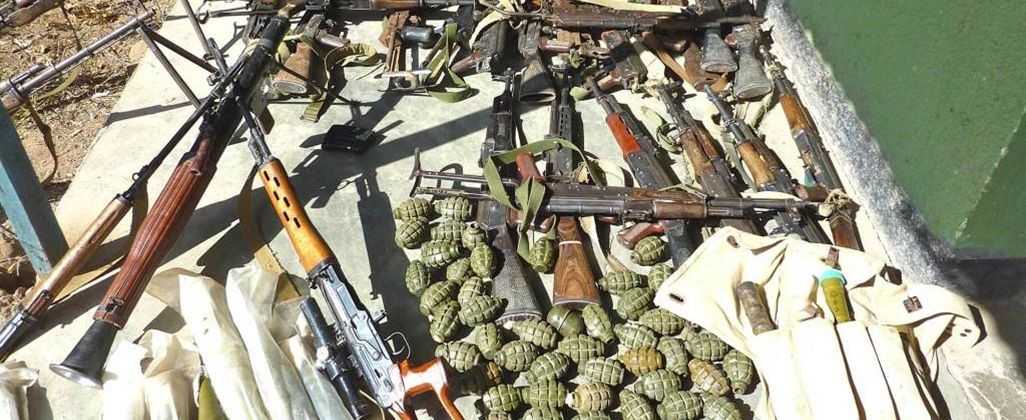
Small arms and light weapons (SALW)
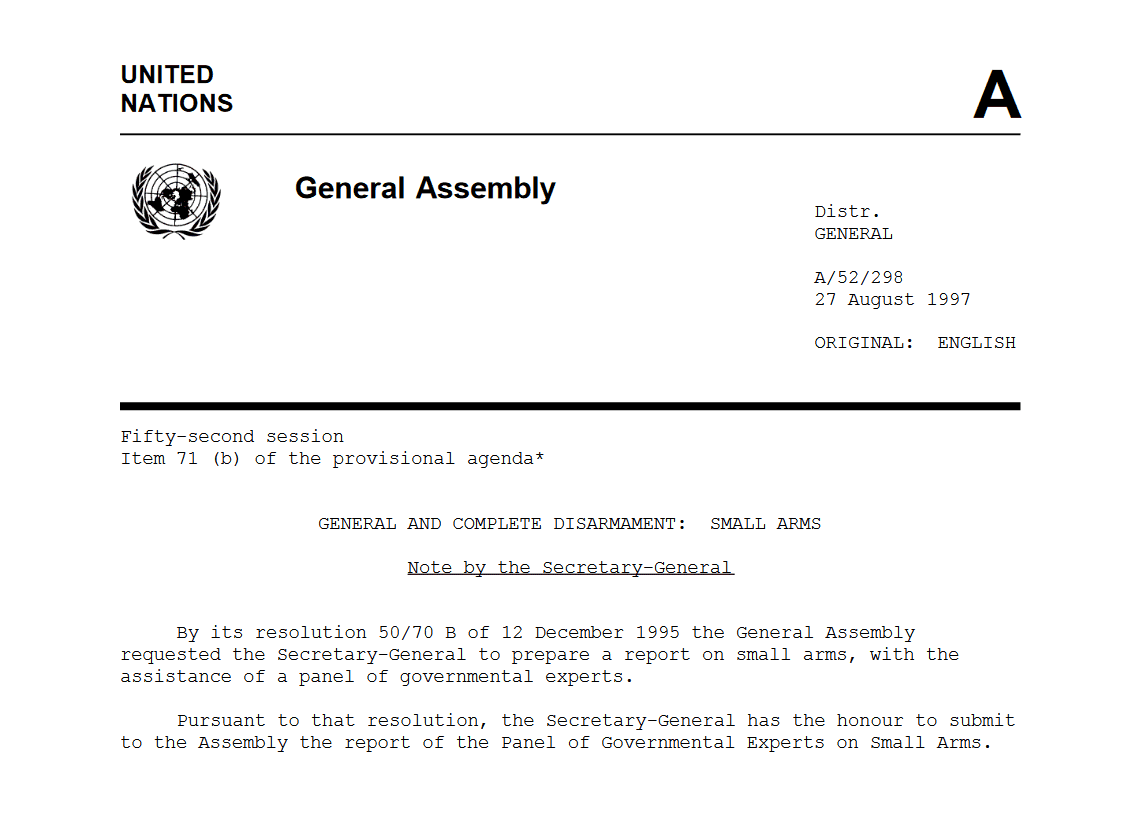
According to Armament Research Services (ARES),1 small arms are firearms not exceeding 20 mm calibre, used by the military, security institutions and civilians. Similar to the above definition of light weapons, ARES defines them as portable weapons that can be carried and operated on foot by no more than five individuals. They are more commonly used by the military than civilians or the police.
All these definitions are used to enhance knowledge about and facilitate an understanding of the distinction between small arms and light weapons.
Apart from defining them, it is also important to identify and recognise different weapons that fall under the category of small arms, light weapons and their ammunition.
Identifying small arms: Main categories
Pistols
Small arms which can be fired single-handed, commonly referred to as handguns. They are widely accessible and are the weapons most frequently used in illegal activities.

Revolvers
Revolvers consist of single-handed small arms with bullets in a rotating cylinder above the trigger (see Figure 2).
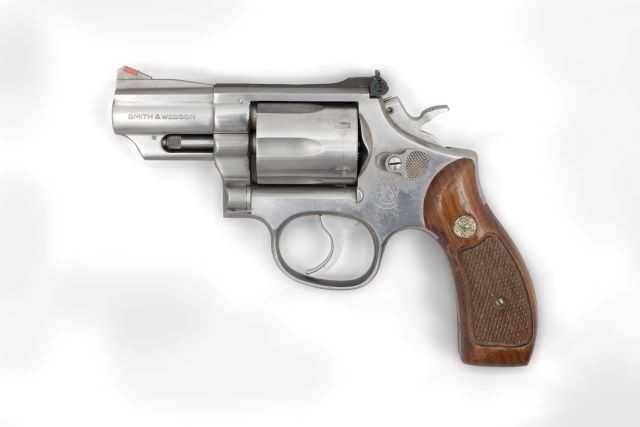
Rifles and carbines
Long firearms. Automatic versions of these weapons only require one pull of the trigger to release a burst of bullets. The most commonly known assault rifle is the Kalashnikov AK-47.
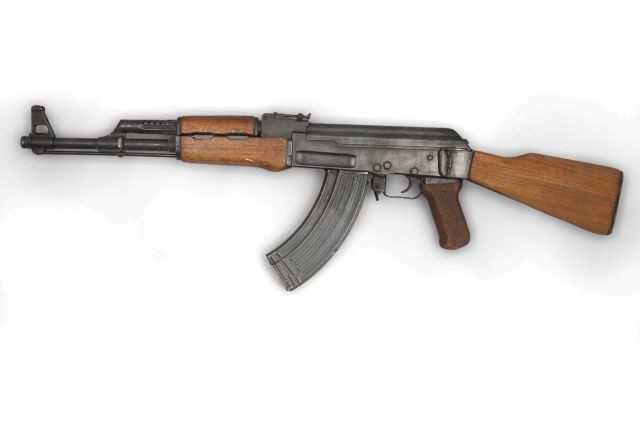
Machine guns
Automatic long firearms capable of sustaining a high rate of fire.
Submachine guns: Hybrid between pistols and assault rifles and are relatively easy to operate. Light machine guns can fire in “rapid bursts to extended ranges”2.
Heavy machine guns: Belt-fed weapons that fire at high rates, supported by a tripod for stability.
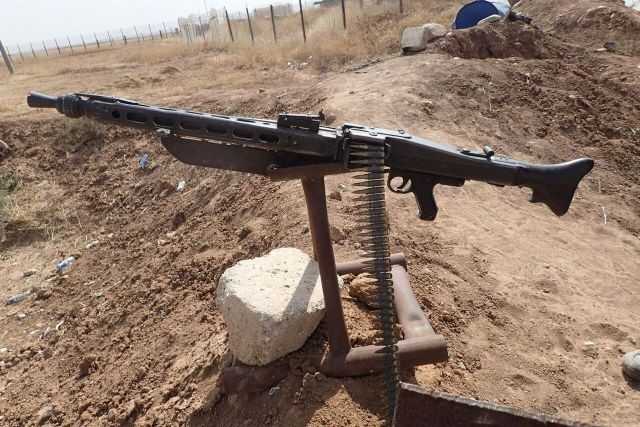
Man-portable air defence systems (MANPADS)
Shoulder-launched systems that can target low-flying airplanes, helicopters and drones.
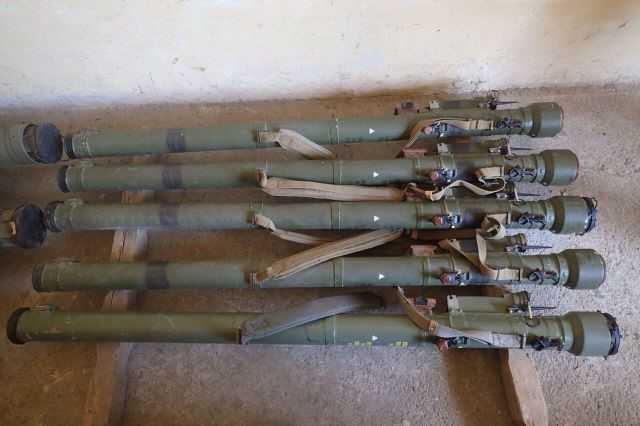
Portable launchers of rocket systems
Used to destroy armour and fortifications with a guided missile.

Mortars of calibres less than 100 mm
Support weapons that can be used against targets out of sight.
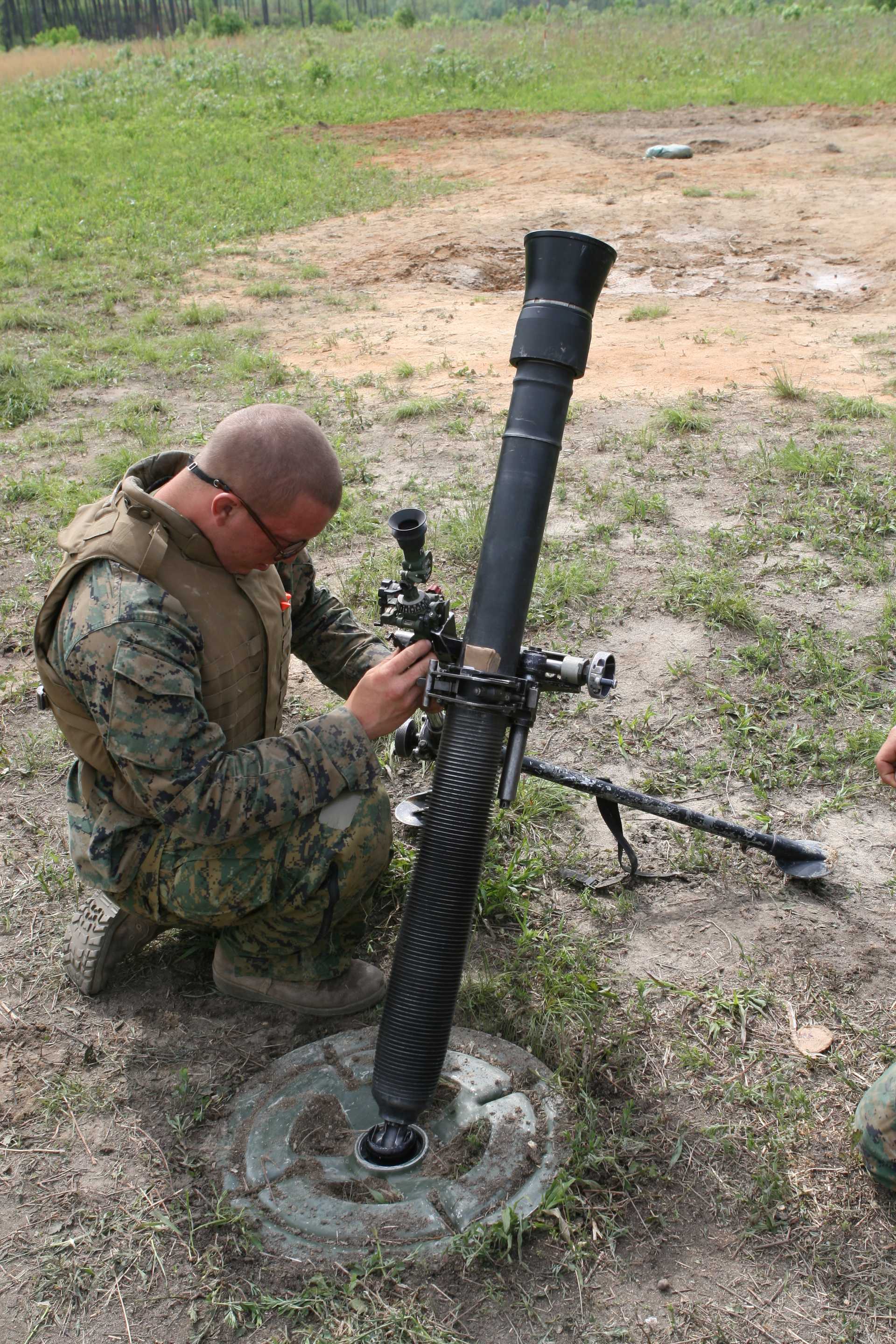
Identifying SALW ammunition and explosives
Cartridges: For small arms are casings containing the explosive to propel the bullet.
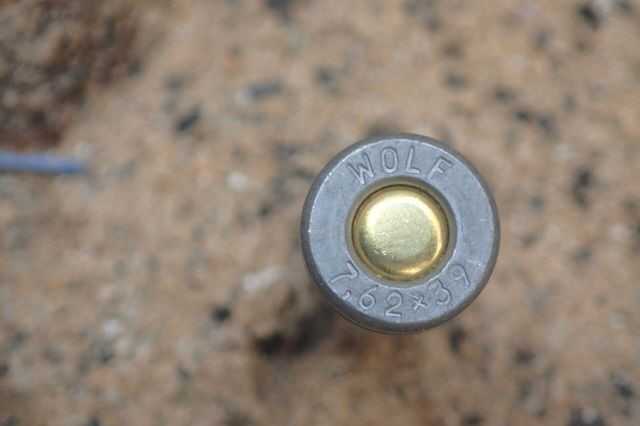
Shells and missiles: For light weapons consist of projectiles containing the explosive fired out of the light weapons.
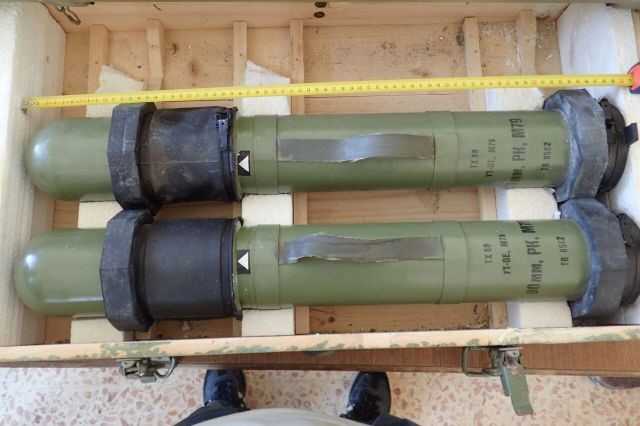
Anti-personnel and anti-tank grenades: Munitions thrown by an individual that are effective against personnel and tanks.
Production and transfer of SALW
The production and trade of small arms and light weapons is a multi-billion dollar business, employing tens of thousands of people. In 2017, the financial value of authorised transfers of small arms and light weapons globally was estimated to be at least 6.5 billion dollars.3
Research has shown that worldwide, in excess of a thousand companies from more than 90 countries are involved in some aspect of the production of small arms and light weapons. The companies engaged in the business are very diverse, ranging from small family-owned businesses to subsidiaries of large multinationals to state-owned companies.
As of 2017, the biggest small arms and light weapons exporters in the world were the United States, followed by Italy and Brazil. A number of European countries, such as Austria, Belgium, Germany and Spain, are traditionally also significant exporters of these types of weapons. Unfortunately, more recent reliable global figures on small arms and light weapons exporters are not available.
In recent decades, producers from countries such as China, Brazil, Turkey, Israel and South Korea have been challenging the established US and European businesses. This has often been the result of licensed production. Pretty much all of the largest firearms producers have production licensing agreements with several manufacturers abroad. Every year, more than 500,000 firearms are produced under license or as unlicensed copies.
In 2017, the top four exporting countries exported small arms worth 2.8 billion US dollars (Tier 1, see table below). Top exporters also include countries “trading at least USD 100 million worth of SALW”4 (Tier 2).
Major exporters comprise countries “trading at least USD 10 million worth of SALW”5 (Tier 3 and Tier 4). In 2017, the 21 major exporters accumulated 946 million US dollars’ worth of small arms export.6
| Category | Value (USD) | Top Exporters (listed in descending order of value) |
|---|---|---|
| Tier 1 | ≥500 million | 1. United States 2. Italy 3. Brazil 4. Germany |
| Tier 2 | 100-499 million | 1. Austria 2. South Korea 3. Czech Republic 4. China 5. Turkey 6. Spain 7. Norway 8. Russian Federation 9. Israel 10. Croatia 11. Canada 12. Belgium 13. Japan |
| Tier 3 | 50-99 million | 1. Bosnia and Herzegovina 2. Finland 3. United Kingdom 4. Switzerland 5. Serbia 6. France 7. Slovakia 8. Sweden |
| Tier 4 | 10-49 million | 1. Mexico 2. India 3. Portugal 4. South Africa |
Ammunition for small arms is produced in more than 100 countries worldwide and comprises the largest category of small arms exports.
Globally, the production of ammunition is unbalanced. Only a limited number of countries are capable of producing significant amounts of ammunition of a consistently high quality. Specifically, 15 countries are responsible for about 90 percent of all international ammunition transfers7
The illicit proliferation of SALW
Given that they are portable and easy to use, SALW are employed by civilians, police and the military. Civilians can acquire SALW legally, but they are also widely available and accessible illegally, which means there is a potential risk of them being used by criminal gangs. While official armed and police forces can legally purchase small arms and light weapons from the international defence market, this is generally not the case for non-state actors, such as rebel groups and terrorists. As a result, access to illicit SALW poses a serious threat to peace and security. These are the key aspects covered in the following section.
Why are SALW so widespread?
The gendered aspect of SALW
The possession, use and misuse of SALW, as well as attitudes towards these types of weapons, are highly gendered. The violence committed using SALW affects women, men and other genders differently.
More than half a million homicides occur worldwide due to armed conflict or armed violence, with men accounting for around 84 percent and women for less than 16 percent of the victims (UN, 2017). Young men aged 15–29 comprise the largest group targeted by small arms violence and violent deaths. They also represent the largest demographic group likely to use small arms in committing a crime. Moreover, according to the UN, “most of the world’s estimated 875 million small arms are in male hands”. Women on the other hand are more likely to consider small arms a threat to safety.
Women and girls worldwide are disproportionally affected by SALW proliferation, as SALW can be used to facilitate gender-based violence (GBV), intimate partner violence and sexual violence in conflict settings. One-third of all killings of women and girls worldwide are committed with SALW. Not only is there a risk of SALW being used to kill but also to instil fear and intimidation among women and LGBTQ+ people.
The policy response has improved over time in terms of recognising the relationship between SALW and GBV in international legally binding instruments.
Quiz
Footnotes
-
Jenzen-Jones 2020: “The ARES Arms & Munitions Classification System (ARCS)”, Armament Research Services (ARES). ↩
-
Saferworld 2012: Small arms and light weapons: A training manual https://www.saferworld-global.org/downloadfile.php?filepath=downloads/pubdocs/SALW-module-1.pdf ↩
-
Florquin, N., et al. 2020. https://www.smallarmssurvey.org/sites/default/files/resources/SAS-Trade-Update-2020.pdf Trade Update 2020 – An Eye on Ammunition Transfers to Africa, Small Arms Survey, p. 18. UNODA even assumes a legal trading volume of more than 7 billion US dollars, but does not name a specific source. https://disarmament.unoda.org/convarms/trade-brokering/ ↩
-
Ibid. p. 19. ↩
-
Ibid. ↩
-
Ibid. ↩
-
Jenzen-Jones 2014: Producers of Small Arms, Light Weapons, and Their Ammunition. Small Arms Survey Research Notes 43, p. 2. https://www.smallarmssurvey.org/sites/default/files/resources/SAS-Research-Note-43.pdf ↩
